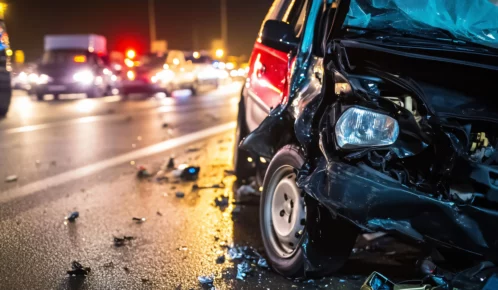The owner of Chicago car accident law firm Ankin Law has voiced his support for the National Highway Traffic Safety Administrationu2019s recent announcement that they would move forward with future regulations for vehicle-to-vehicle communications systems. Chicago car accident attorney Howard Ankin says, u201cThese communications systems have the potential to save thousands of lives with their ability to notice and prevent accidents before they happen.u201d
Vehicle-to-vehicle communication technology, also known as V2V, may sound like something out of a science fiction movie, but the technology is actually very close to being reality. The advanced systems allow cars to communicate with each other via computers and satellites.
V2V could reduce the amount of common accidents. For example, if one car on the highway brakes suddenly, the car could send a message to surrounding vehicle about the stoppage. Those vehicles would then automatically slow down. V2V could also help prevent accidents that occur at intersections, during lane changes, and when a vehicle is speeding.
Car makers have been developing V2V technology for years. To this point, itu2019s primarily been implemented in self-driving vehicles, such as those manufactured by Google. However, once the technology has been fully developed it is likely to be installed in nearly every new car that is manufactured. It can also be retrofitted for installation in older vehicles.
The NHTSA announced on Feb. 3 that it will complete a year-long pilot program of the technology to study its effectiveness and capabilities. After that program, the NHTSA plans on drafting regulations that would require V2V technology in all new cars at some point in the future.
Howard Ankin says the technology has the potential to eliminate many car accidents in Chicago. However, he also said itu2019s important for the NHTSA and car manufacturers to get V2V right before itu2019s implemented or required. While computers in cars hold substantial promise, they also offer considerable opportunity for defects, bugs, and viruses. Once V2V is widely adapted, though, the roadways could become much safer for all drivers.



